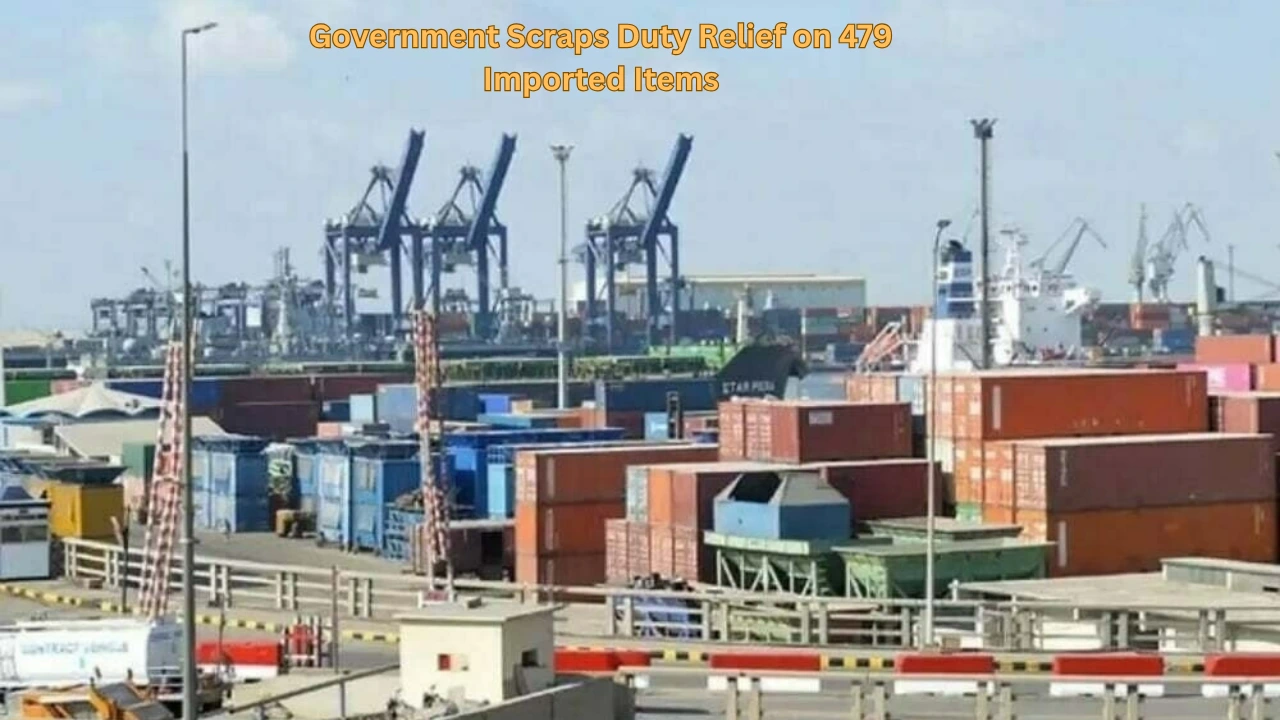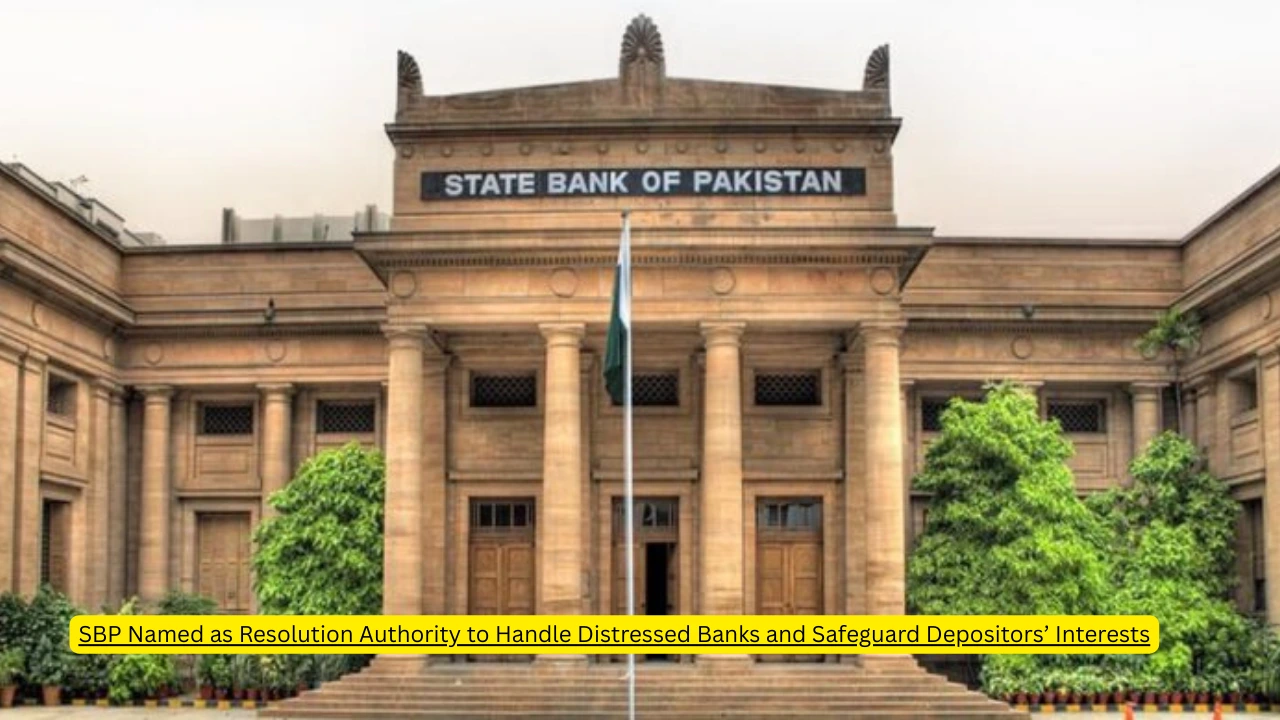A Big Shift in Import Policy
In a significant move, the Federal Board of Revenue (FBR) has scrapped duty relief on 479 imported items, marking the end of customs exemptions previously offered under the Fifth Schedule. This decision forms part of a broader tariff reform strategy aimed at overhauling Pakistan’s import landscape.
Why the Duty Relief Was Abolished
The elimination of duty relief on these imported items is a strategic step within the ongoing tariff rationalisation plan. Under the FY 2025–26 reforms, the government is reshaping import taxation through a phased approach:
- Simplified customs duty slabs: 0%, 5%, 10%, 15%, and 20%
- Systematic removal of Additional Customs Duty (ACD) on thousands of tariff lines
- Rollback of Regulatory Duties (RD), reducing them from as high as 90% down to a maximum of 50%
- Dissolution of the Fifth Schedule, which had granted numerous exemptions
This reform is meant to boost transparency, enhance revenue generation, and support long-term industrial growth.
What It Means for Business & Trade
Scrapping duty relief on these imported items has several implications:
1. Increased Import Costs
Importers of affected goods now face full customs duties instead of exemptions. This is likely to increase landed costs and may pressure profit margins.
2. Supply Chain Realignments
Some businesses might shift sourcing strategies—either by seeking more cost-effective foreign suppliers or resorting to local alternatives.
3. Revenue Gains for the Government
Restoring duties aligns with the broader goal of raising import duties revenue, partially offsetting costs from earlier tax relief phases Dawn.
4. Industrial Competitiveness
While higher import costs may hinder short-term operations, the unified tariff structure aims to deliver long-term stability and fairness across industries.
Broader Tariff Reform – A Five-Year Vision
This decision doesn’t stand alone. It’s part of the government’s sweeping five-year tariff overhaul:
- Simplified tax slabs replace fragmented rates
- ACD and RD are being systematically eliminated or reduced
- More than 7,000 tariff lines are undergoing adjustments aimed at stimulating exports and industrial growth.
The government projects these reforms could boost exports by as much as $5 billion over the plan’s duration, while reducing the average tariff rate from 19% to below 10%—eventually establishing a flat 15% maximum duty slab.
What to Watch Next
- Industry Impact Studies: Certain sectors—like textiles, auto, steel, and chemicals—are already coordinating with the government to manage pricing and competitiveness.
- Revenue Trends: With exemption removal, customs collections are likely to rise. Monitoring FBR revenue reports will offer insight into post-reform effects.
- Import Behavior: Market shifts will be closely tied to how importers adapt—whether by reclassifying items, sourcing locally, or passing costs to consumers.
Final Thoughts
The government’s decision to scrap duty relief on imported items signifies a bold step toward streamlining Pakistan’s import regime. By eliminating outdated exemptions and rationalizing tariffs, this policy ushers in a more transparent, fair, and sustainable trade environment.
While businesses face immediate challenges from increased costs, this reform promises a stronger, export-driven economy with predictable rules and broader participation across sectors. Click here for latest news.


